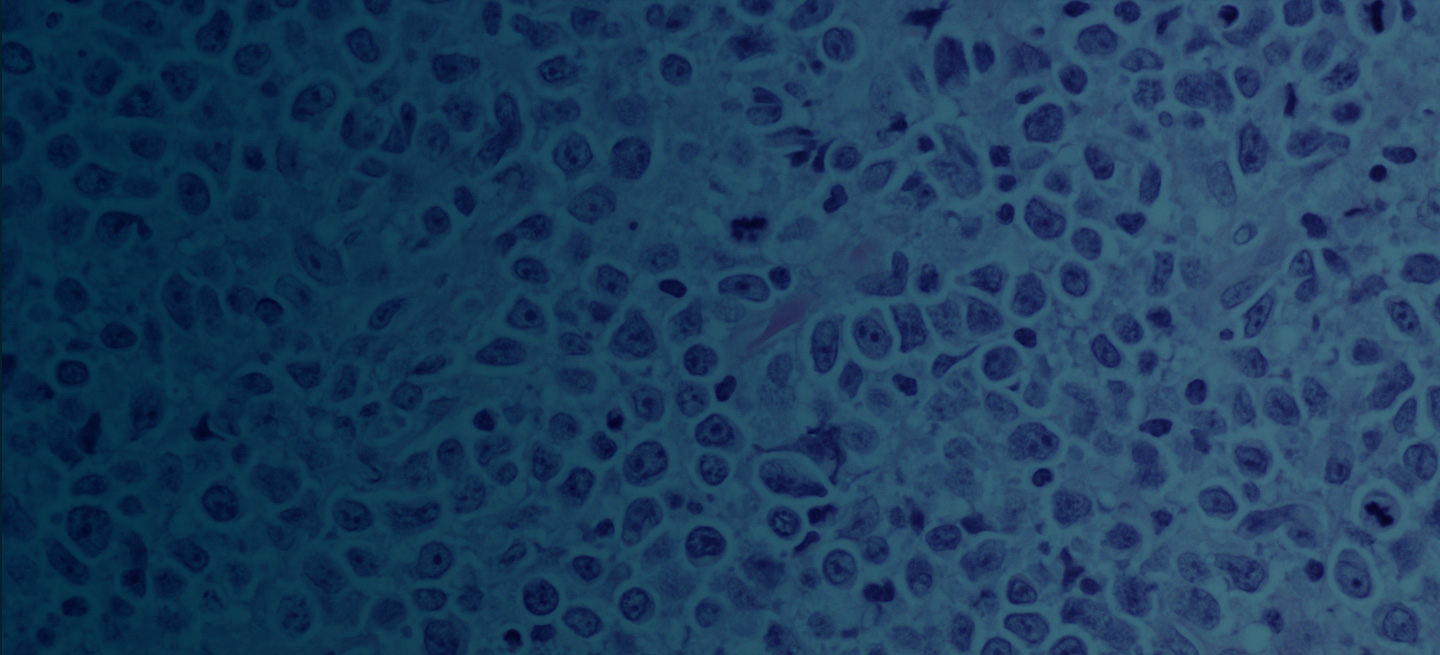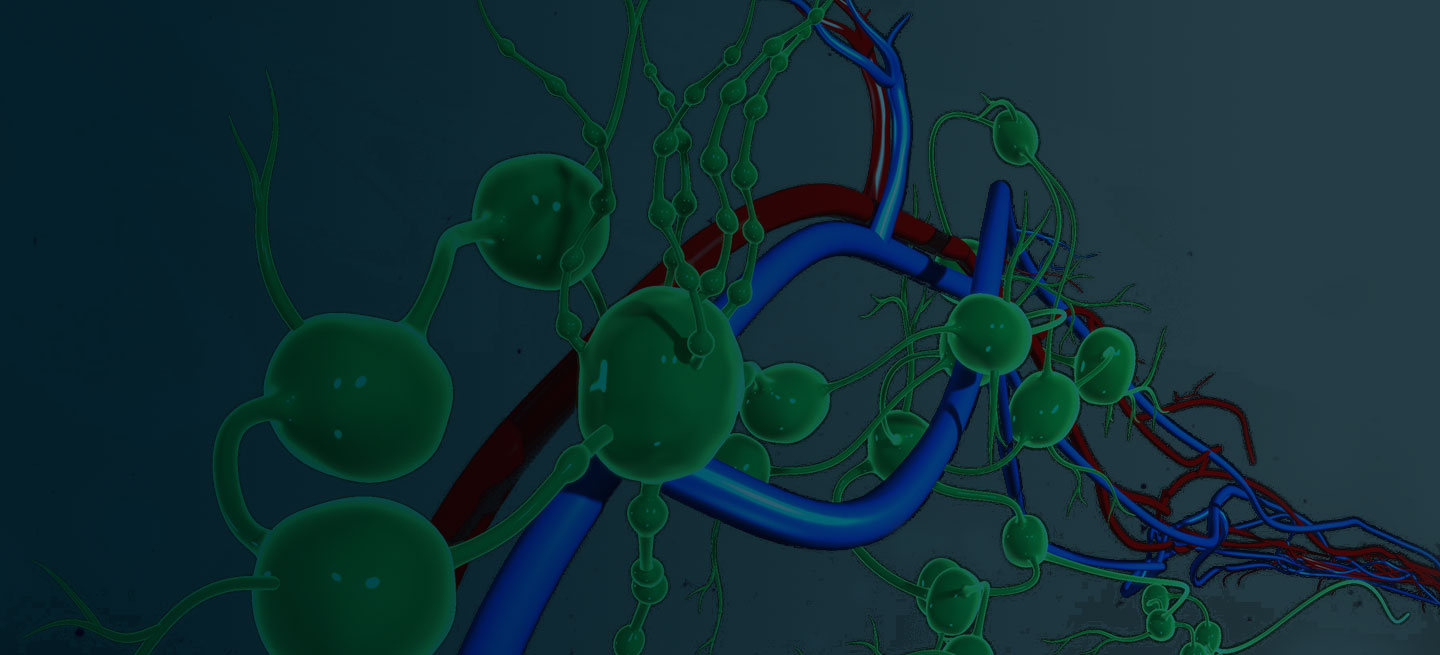MedChallengeSee All MedChallenges
Test your knowledge in a head-to-head face off with your peers.
MD-IQ Quiz ChallengesSee All MD-IQs
Build your knowledge with these short quizzes.
Case in PointSee All Case in Points
Can you correctly diagnose and treat these patients?
Crossword PuzzlesSee All Crosswords
Check your clinical vocabulary as you unwind with a crossword puzzle.
Image QuizzesSee All Image Quizzes
Follow the visual clues for diagnosis and treatment.




